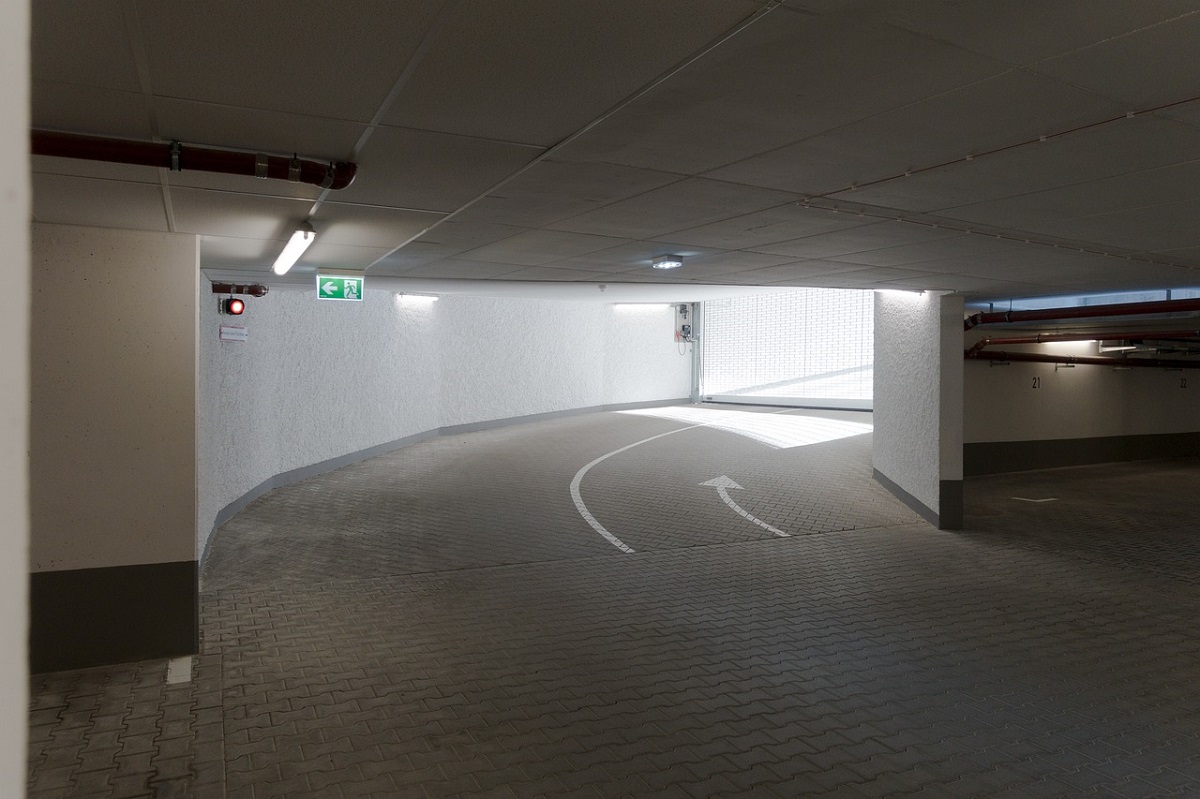
Radio frequency identification technology is changing many industries. One of the solutions that improves their functioning is a parking system based on RFID. How does it work and what does such an innovative approach offer? Check it out!
RFID (Radio-Frequency Identification) technology uses radio waves to identify and track objects. An RFID system consists of three main components: RFID tags, an RFID reader, and software.
The tag contains a data chip and an antenna. When the tag comes within range of the reader, it emits radio waves that activate the chip, allowing the data stored on it to be read.
This information is then sent to a management system, which can process it for the purposes of identifying, locating or monitoring objects.
In parking systems, RFID enables contactless recording of vehicle entry and exit times, automatic charging, and monitoring of parking space availability. This significantly improves parking management and user experience.
What makes radio frequency identification technology a great solution?
Imagine that you live in a housing estate that provides parking only for residents of the block. You have an RFID tag stuck to your car window, in whose memory various pieces of information are stored, primarily that you are a resident.
When you are a few meters away, the RFID reader located at the barrier reads the vehicle data. Thanks to this, when you drive up to the driveway, the gate opens automatically. You do not have to take out any card, click a button on the remote control or apply another identifier.
All this happens quickly, efficiently and contactlessly.
The RFID parking system is an innovative solution in parking management, which consists of several key components that together create a coherent and effective mechanism. Here they are.
RFID tags are small devices containing a unique identifier that is read by an RFID reader.
Tags are placed on the vehicle (e.g. as a sticker on the window) or inside it (e.g. a card in the glove compartment).
Thanks to them, the RFID reader identifies the vehicle when entering and leaving the car park, which in turn enables automatic charging and monitoring of the availability of parking spaces.
These are devices that receive signals emitted by RFID tags. They are usually placed at the entrances and exits of parking lots.
As a vehicle approaches the parking barrier, the reader automatically scans the RFID tag, identifies the vehicle and – depending on the system – opens the barrier, charges a fee or records the parking time.
Gates and barriers, barriers, entry gates, locks or posts are physical mechanisms controlling access to the car park. Their operation is controlled based on information received from RFID readers.
They open/remove automatically in response to identifying a registered vehicle’s tag, ensuring smooth vehicle movement without the need for manual control.
Central management system that integrates the operation of all components of the RFID parking system. Collects data from readers, manages the vehicle database, monitors the status of parking spaces and processes payments.
It enables parking operators to efficiently manage parking space, analyze usage data and optimize parking revenues.
Integrated payment module that allows automatic charging of parking fees. Can be linked to the user’s bank account or mobile application.
It provides quick and cashless payment for parking, which increases user comfort and speeds up the turnover of parking spaces.
RFID parking systems offer solutions that improve vehicle flow management and user experience. They are suitable for locations where access is required for a fixed group of drivers.
For offices and business parks, where employees struggle to find a parking space every day, RFID systems primarily make the building more attractive.
The ability to reserve spaces in advance or allocate permanent parking spaces to office users increases efficiency and reduces the potential stress associated with parking.
At the same time, it ensures that only authorised persons will use the parking lot.
In housing estates, where parking is often limited and reserved for residents only, RFID systems ensure good and safe access to parking spaces.
By automatically identifying residents’ vehicles, RFID systems eliminate the problem of unauthorized persons using parking spaces.
Universities and schools with radio-based parking facilities can more efficiently manage access to parking spaces for teaching staff.
RFID parking systems are also a good solution for manufacturing and storage facilities. Installing RFID gates at the entrance to the logistics center and issuing passes to drivers, including:
Why should you be interested in RFID-based parking if you are a parking space administrator? Because this solution offers: